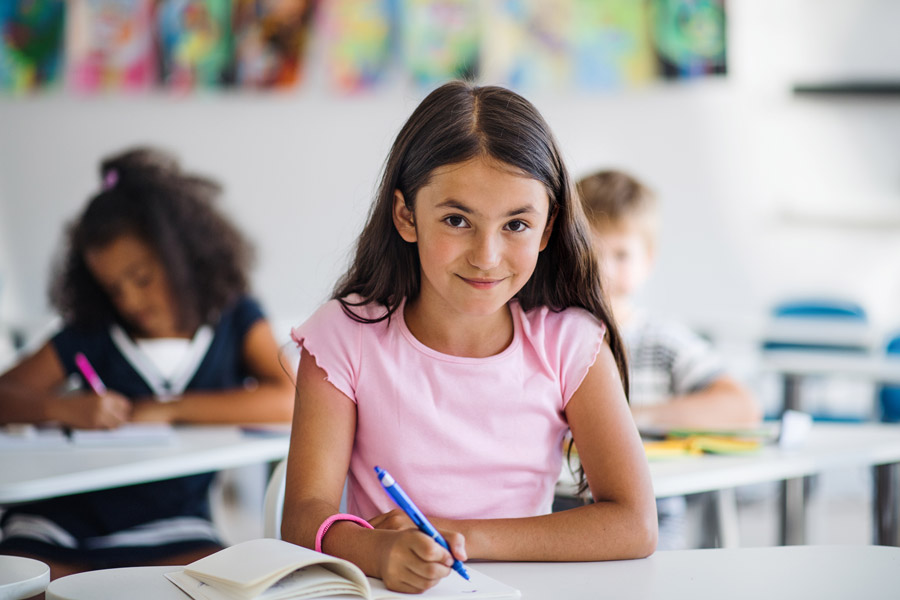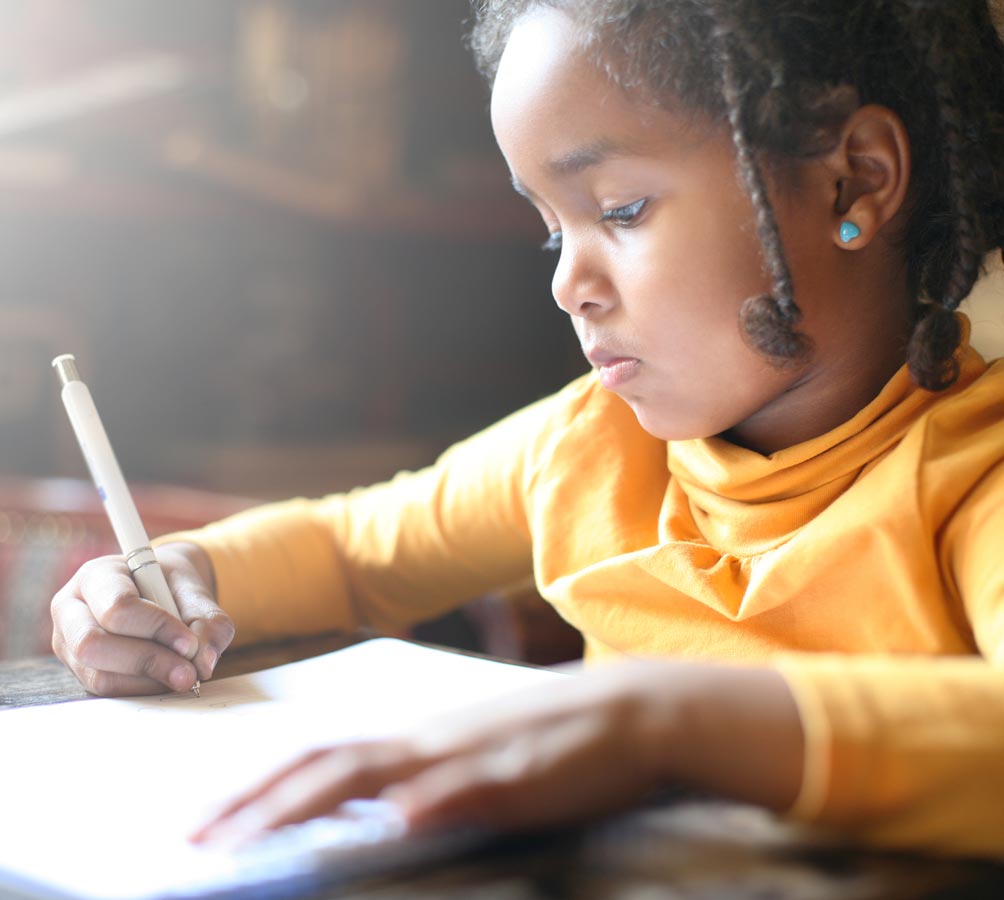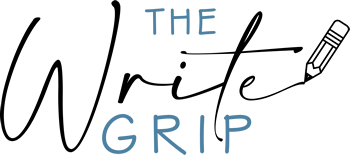Services
By offering one-on-one private therapy, we are able to progress at your child’s pace, adapt instruction as necessary and coordinate with parents and teachers.
We help children develop a better pencil grasp pattern, visual perceptual and visual motor skills, that directly impact a student’s writing outcomes at home and in school. We incorporate specific programming to strengthen the muscles of handwriting, as well as visual and fine motor activities to further develop handwriting proficiency. In addition, we help children develop age-appropriate writing skills through grammar, spelling proficiency and improvement of sentence and paragraph formation.

Children can experience various difficulties that affect their ability to produce legible and coherent written work, including:
Physical Discomfort and Avoidance: Some children may experience hand pain during writing or show signs of anxiety and avoidance when faced with written tasks.
Grasp and Hand Positioning: They might have an unusual grip on writing utensils and struggle with coordinating their non-dominant hand to stabilize the paper. An immature or irregular pencil grasp does not allow refined movements at the fingers, which results in the child moving from their shoulder or wrist in order to write.
Poor Letter Formation and Spacing: Their handwriting often shows inconsistent letter sizes, awkwardly formed letters, and irregular spacing between words and lines.
Mismatch Between Verbal and Written Skills: There is often a noticeable gap between their ability to articulate thoughts verbally and the quality of their written expression.
Difficulty with Lengthy Writing Tasks: Planning and implementation of extended writing assignments can be particularly daunting, leading to slower writing production and increased errors over time.
Strategies for Support
Effective management of dysgraphia involves a combination of tailored strategies that address the individual’s specific challenges. The Person-Environment-Occupation-Performance (PEOP) model is a useful framework in occupational therapy to guide interventions:
Person: Focus on enhancing the child’s physical capabilities, such as improving fine motor skills, strengthening hand muscles, and refining their grasp technique.
Environment: Modify the child’s workspace to provide optimal support. This includes adjusting desk and chair heights to ensure proper posture and using tools like ergonomic grips and lined paper to assist with letter placement and spacing.
Occupation: Adapt the writing tasks themselves by breaking them into smaller, more manageable parts, using visual aids, or incorporating technology such as typing or voice-to-text software to reduce the demand on handwriting.
Performance: A child’s performance is affected when their person, environment, and occupation are accommodated and supported.

We are dedicated to helping children develop the skills necessary to overcome the barriers posed by dysgraphia, and other learning disabilities. We assist children in gaining confidence in their writing skills by using positive reinforcement, introducing incremental challenges, and celebrating progress. Our goal is to enable individuals to achieve their full potential in writing and communication. Our therapists create a supportive environment that helps individuals build confidence through positive reinforcement while minimizing fear of judgment or failure.
